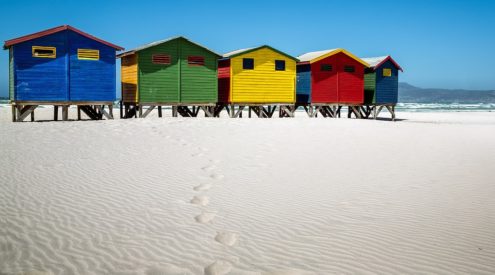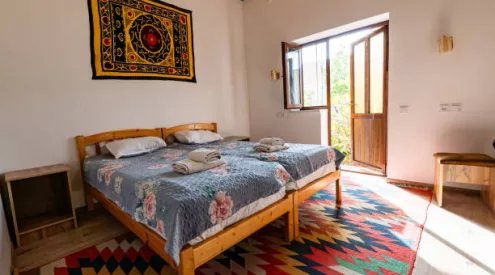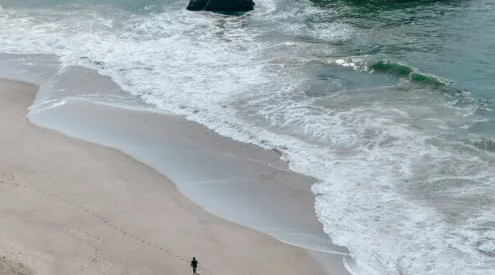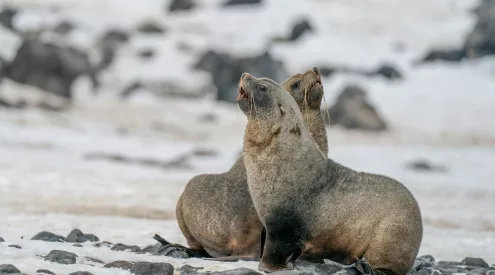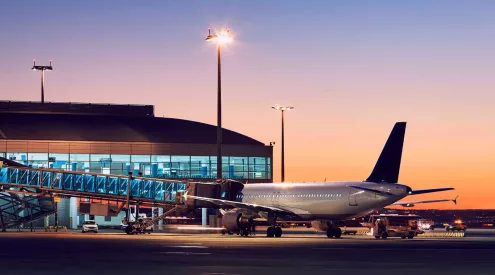In a joint effort by the Endangered Wildlife Trust (EWT), Lapalala Wilderness Reserve and Tintswalo Lapalala, a free-roaming pack of 10 wild dogs was successfully captured and relocated to Lapalala Wilderness Reserve in the Waterberg (Limpopo).
According to Glenn Phillips, Chief Executive of Lapalala Wilderness, the dogs, which are currently in a boma on the reserve, have adjusted well: ‘So much so, that we are delighted to announce that the alpha female has produced a litter of pups. The birth of this litter of pups provides a welcome boost to the survival of this endangered species and we look forward to setting them free in the reserve together as a pack when the pups are strong enough, probably around the end of August (2020)’.
Further exciting news is the live streaming from the reserve, where technology driven wildlife and conservation media company Painted Dog TV has installed bush cameras allowing viewers 24/7 insight into the daily life and behaviour of the pack. Three individual bush cameras have been positioned to focus on the den site, the feeding site and the waterhole.
Due to ongoing habitat fragmentation and conflict with human and agricultural activities, the African Wild Dog (Lycaon pictus) is one of the world’s most endangered mammals. In 2018, this particular pack had only numbered two individuals. Since then, the pack has successfully raised two litters in the Vrymanrust area of the Waterberg.
Unfortunately, the pack started predating on livestock as there was potentially not a sufficient numbers of natural prey in the relatively small area they were utilizing. A decision was therefore taken by the Wild Dog Advisory Group (WAG) to capture and relocate the pack to a safe area within the Waterberg.
‘Growing human populations and the shrinking of habitat suitable for endangered species such as wild dog, makes this conservation project vital for the survival of the species. Lapalala Wilderness is therefore honoured to be part of such an important conservation project,’ Phillips continues.
The Reserve ecologists have been carefully monitoring the animals in Lapalala’s predator bomas during the post-release period. ‘By keeping the wild dogs in a large holding boma for a few months, we are attempting to break their inherent instinct to return to the area they originated from, as well as teaching the animals to respect electric fences’, says Herman Muller, Biodiversity Manager at Lapalala Wilderness.
Founded in 1981 by conservation champions, Dale Parker and Clive Walker, the Lapalala Wilderness Reserve is one of the largest private reserves in SA. It is recognized as a champion of sustainable wildlife conservation with the vision to leave a legacy for generations to come.
Also read:
Image credit: Getaway gallery

